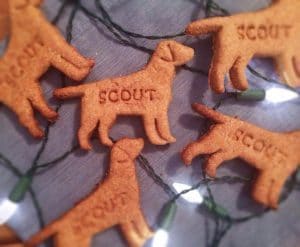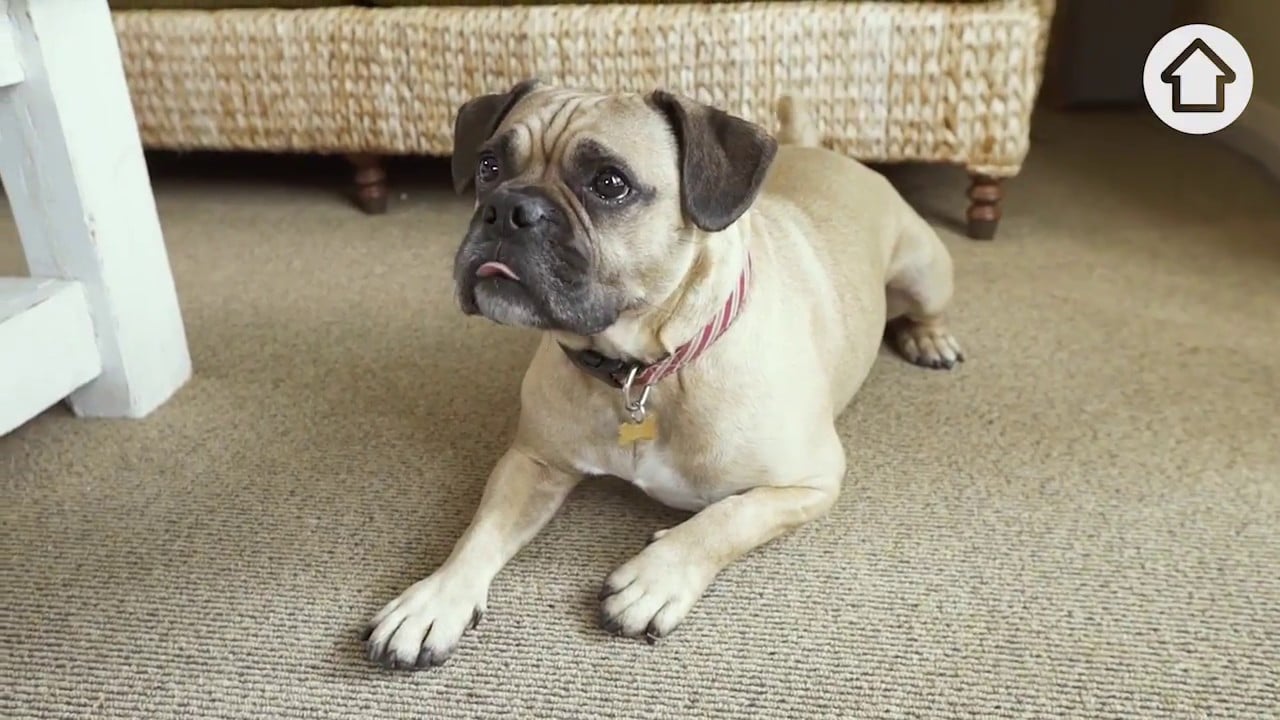Can you tell good dog treats from bad Dog treats?

You only have to visit the Pet area of your local supermarket and view the vast array of pet treats on offer to discover how difficult it is to find one that is good for your dog.
Major corporations appear to be more about the eye-catching packaging and slogans rather than what ingredients are contained in the treat items.
Remember that supermarkets exist to make their shareholders profits and not to distribute the best products to their customers.
Labelling dog treats
Pet treats don’t come under the same strict food labelling standards as human food, so the packaging doesn’t always state the country of origin or the full ingredient list. Meat treats are usually imported from countries where meat is cheap and welfare practices are low, such as Thailand, India and China, and then repacked in the EU, so it appears that you are buying a UK product.
Ingredients of pet treats
Many of the pre-packaged brands named dog snacks to have a main ingredient of cereal, closely followed by glycerol, a sweetener derived from soap manufacturing. A long way down the ingredient list is usually meat, with only a very small percentage present, with no idea which animal the meat is from. Carbohydrates such as sugars, preservatives, texturisers, fixatives, colours and E numbers are also very rarely listed, none of which are beneficial to your pet.
Smelly dog treats
Most people with sensitive noses would find the smell of real meat and fish products off-putting, but to a dog, this is the sign that they are getting the “real deal”! Real meat certainly does have an odour, but consider the difference between this and a fake dog treat, which is usually just cereal with artificial flavour added.
Some examples of dog treats I would certainly try to avoid
- Dental sticks – are made mainly from grains, sugar and salt.
- Cereal-based biscuit type treats – carbohydrates contain high amounts of sugar.
- Raw Hide – the majority of imported treats have been bleached with chemicals and even coloured during manufacture
- Pigs’ ears – many of these are imported too and have been treated with chemicals.
- Cooked meat bones – never give cooked bones of any variety to your dog
- Any “meat” treats found in a discount shop – the smell alone is enough to put me off
- Any brightly coloured “meat” strips – obviously using artificial colouring additives
Dog Treats – The Donts
- Do not overfeed your dog with treats. Some can contain vital nutrients, but they should be used sparingly, not in bulk, for primary nutrition or as a meal replacement.
- Issue a treat when your dog is hungry enough for one, but never instead of their regular, nutritious meals. Avoid treats at mealtimes to provide sufficient separation between the two.
- Just like junk foods have higher calories than necessary in human food, feeding too many treats can harm your dog. Keep their treats limited and dog-specific, not human scraps.
- Never feed your dog chocolate! It can harm your pet, so ensure it is out of their reach at all times for their safety.
- Treating your dog when they are overly excited will encourage negative actions. A treat should be given when a dog is calm. Wait until they are sitting or lying down and waiting patiently before rewarding the obedient behaviour.
I only normally buy dog treats for my own Missy and Roxy with high meat content. Variety in fats and proteins is the means of keeping a dog healthy and happy. Can you imagine if you had to eat the same breakfast cereal three times a day for the rest of your life? However, I do try and make a lot of my own treats.
Pet owners need to be aware of what snacks they’re giving to their dogs, understand the ingredients used and avoid any treats that impersonate nutritious and healthy while furthering the obesity epidemic.
Look at All about dog food as a starting point of what dog food and treats to give your pet.

